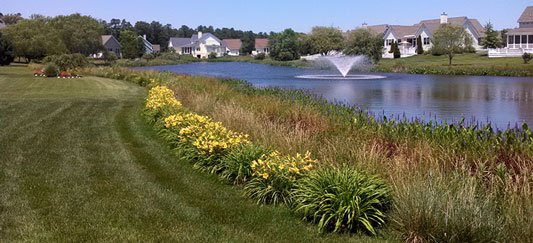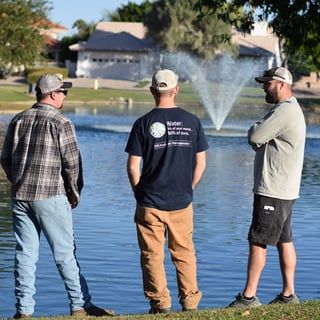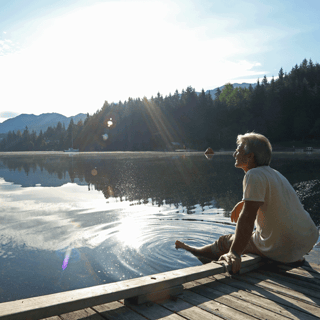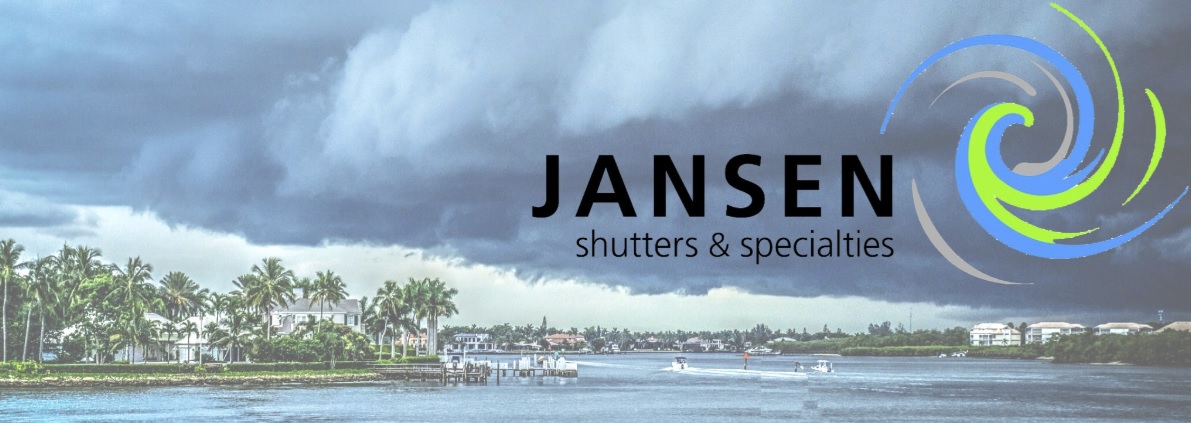Flood Preparation is Key & Finding the Right Companies to help
 The United States federal government has financial incentives for municipalities which implement flood preparation systems, but the policies must be in line with FEMA guidelines. Towns with programs in place for flood management also can provide incentives to individuals to get reduced flood insurance rates. Many community governments already have programs in place, but these plans and programs must be updated, reviewed and enforced to match FEMA’s updates.
The United States federal government has financial incentives for municipalities which implement flood preparation systems, but the policies must be in line with FEMA guidelines. Towns with programs in place for flood management also can provide incentives to individuals to get reduced flood insurance rates. Many community governments already have programs in place, but these plans and programs must be updated, reviewed and enforced to match FEMA’s updates.
Your community may not be able to prevent floods, but with proper preparation and a plan your condo and hoa can be prepared for any problems. Accurate weather information is paramount to flood preparation. Your emergency management crews and first responders may benefit from weather tracking systems that send out alerts by email, text, and push notifications to keep everyone up-to-date with accurate information. During an ongoing severe weather event, you may need to call on professional for support. A flood might be an overwhelming occurrence, but you can do a lot in advance to keep your community safe.
Floods can overwhelm communities in just a matter of minutes. By being proactive, your community can reduce flood risks. Here are six ways your town can be prepared:
1. Encourage residents to be prepared for a flood
FEMA has a great brochure that outlines steps each family should take before flood season to stay safe during flooding. This brochure also offers property management ideas for individuals. Every home should know their flood risk and know how to stay informed about flood information.
2. Have an emergency plan that outlines procedures for every department and agency during a flood
Establish a chain of command for management operations. In high-risk areas, it’s a good idea to practice for emergency operations before a real flood occurs. Maintain infrastructure that presents flood risks. As required by the State of Florida Your greatest asset can be your community website! Let all of your community owners know to keep an eye out for flooding and have a way for them to inform you the Board and Management Company in the event of a problem.
3. Maintain infrastructure that presents flood risks
Take care of small stream crossing or culverts where floods might be more common. Keep your Storm Drains and Pipes clear of debris, and make sure your drainage systems are working properly , and Please watch for changes in the course of water in the community and take action when necessary.
4. Watch water flow during rainfall, especially on hard surfaces
Roads and parking lots actually speed water flow, which can be quite dangerous. Make sure water can flow into drainage systems adequately without causing damage. Encourage residents to reduce runoff by implementing rain gardens or other green systems.
5. Discourage construction in flood hazard areas…
or at least comply with floodplain development standards. Check flood insurance rate maps before planning any development.
6. Develop a mitigation plan to take steps now to prepare for future floods
One key element of this plan can be is alerts to residents to the potential of heavy rainfall and damaging winds to allow them to prepare and get to safer ground.
To learn more about protecting your community from flooding and severe weather, contact us for more information about weather solutions from our members ready to help. We can set you up with a member company that matches the weather needs of your community and the goals of your Condo and HOA.
It is extremely important that a method be established as soon as possible after the loss, to resolve this aspect of the claim. Members, with its years of experience will assist you with these important decisions. Search our Directory for top companies Roofing, Adjusters, Law Firms /Storm Damage, Restoration Companies, and many more.
SFPMA – Members Directory ( http://Find-a-Service.com )
In order to properly adjust any claim for damage to a structure, it is important to prepare a detailed repair estimate. Sarasohn & Company will do that on your behalf. Whenever necessary, we will employ the services of architects, engineers, contractors and other independent experts at no additional cost to you.
561-368-5000
Our qualified public adjusters are here to assist and direct you throughout the insurance claim process. We make sure that your claim is properly assessed and documented to obtain the maximum claim settlement you rightfully deserve.
305-710-7922
You can also find out more on our Storm Damage Claims Pages for your properties
below are a few of our members to call for flooding help in Florida.
Broward: Ph. 954.382.2099 | Dade: Ph. 305.267.3992
 Brothers Backflow Specialists is state licensed and insured in the plumbing and gas industry. Our technicians specialize in plumbing, backflows, propane, natural gas, medical gas and water restoration including everything from installing gas lines, testing backflows and repairing broken plumbing pipes. We provide services for commercial, residential, industrial & farm properties from Monroe to West Palm Beach County as well as backflow services in Orlando, Florida. Brothers Backflow Specialists is here to serve you 24 hours a day / 7 days a week and no job is too big or too small.
Brothers Backflow Specialists is state licensed and insured in the plumbing and gas industry. Our technicians specialize in plumbing, backflows, propane, natural gas, medical gas and water restoration including everything from installing gas lines, testing backflows and repairing broken plumbing pipes. We provide services for commercial, residential, industrial & farm properties from Monroe to West Palm Beach County as well as backflow services in Orlando, Florida. Brothers Backflow Specialists is here to serve you 24 hours a day / 7 days a week and no job is too big or too small.
561-602-8660 Pipe Inspection, Pipe Cleaning, Pipe Lining and Pipe Replacement Company

When PRS looks at a project we want to ensure we are putting the “right” solution to the problem at hand. Every project has its unique needs based on overall job scope, site conditions, project timeframes and difficulty level. At
Pipe Restoration Solutions, we have found that when high-quality material and creativity comes together something special happens… Projects are completed with excellence and above expectation; Long term relationships are built; Problems are permanently solved.
(954) 210-4100 The elite in our industry “Exceptional Service, No Exceptions” We are dedicated to achieving and maintaining consistent innovation, integrity and unparalleled professionalism as well as customer service.
 GreenTeam is an organization dedicated to providing the highest quality of service, to multiple vertical markets. The company performs Plumbing and Electrical services in South Florida. GreenTeam clients include but are not limited to: Class A Office buildings, healthcare facilities, educational facilities, Hotels and Resorts, Condo Associations, industrial warehouses, and residential. Our mission statement is simple, Exceptional Service, No Exceptions.
GreenTeam is an organization dedicated to providing the highest quality of service, to multiple vertical markets. The company performs Plumbing and Electrical services in South Florida. GreenTeam clients include but are not limited to: Class A Office buildings, healthcare facilities, educational facilities, Hotels and Resorts, Condo Associations, industrial warehouses, and residential. Our mission statement is simple, Exceptional Service, No Exceptions.
Call Jerry Morris at 800-991-0466 # 119

Glentronics is a manufacturer of several consumer products including sump pumps, battery backup sump pumps, water alarms and plant lights.
Our goal is to create products that solve the needs of our customers. We believe in designing high quality products that the homeowners, Building Engineers, and Facilities can rely on.
Glentronics Inc (manufacturer of Basement Watchdog and PHCC Pro Series Pumps) is a family run business and our goal is to take care of every customer just like they are family. Through innovation and dedication, we have led the way in Water Alarms, Battery Back Up Sump Pumps, AC Sump Pumps, Sewage Pumps and Combination Pumps.
It’s important to know when flood season occurs in your community so you can be prepared personally and civically.
Flooding is a serious event that can cause fatalities and serious injuries to people who are trapped or swept away by the high waters. Flooding can also:
- Disrupt transportation routes
- Disrupt utility services
- Pollute drinking water supplies
- Cause erosion, damaged roads, bridges, levees, and buildings
- Create landslides or mudslides
- Cause thousands of dollars of damage to homes
Take the time to search for other companies like
ROOF REPAIR, LEGAL PROPERTY DAMAGE ATTORNEYS, AND ENGINEERS TO COME AND INSPECT YOUR BUILDINGS AND PROPERTIES

Property Maintenance is an integral part of managing the day to day operations for every type of property. First impressions are sometimes the only impression a potential tenant or owner has of a property. We pride ourselves on maintaining a Florida Directory of Companies that work with Property Management, Condo and HOA properties throughout the State of Florida.
Find-A-Service – Our Branded Page for our Members Directory on SFPMA. Search the Many Categories and Find Top Companies that work with Florida’s Property Management Industry
Tags:
Building Maintenance,
Condo and HOA,
Condo and HOA Common Area Issues,
Management News



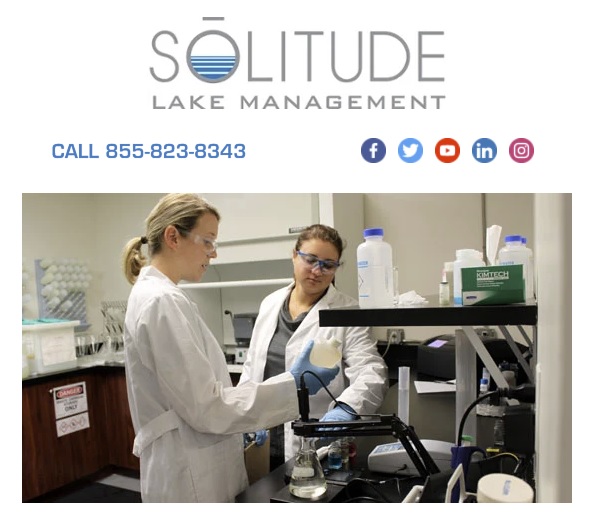






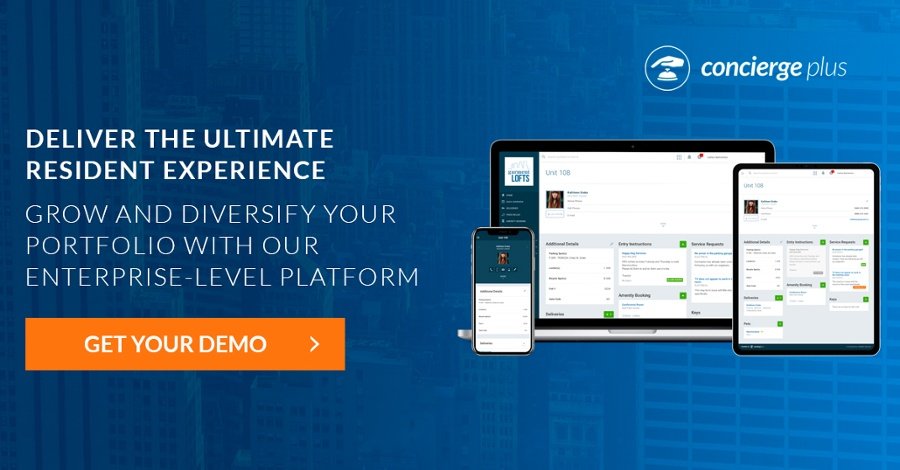



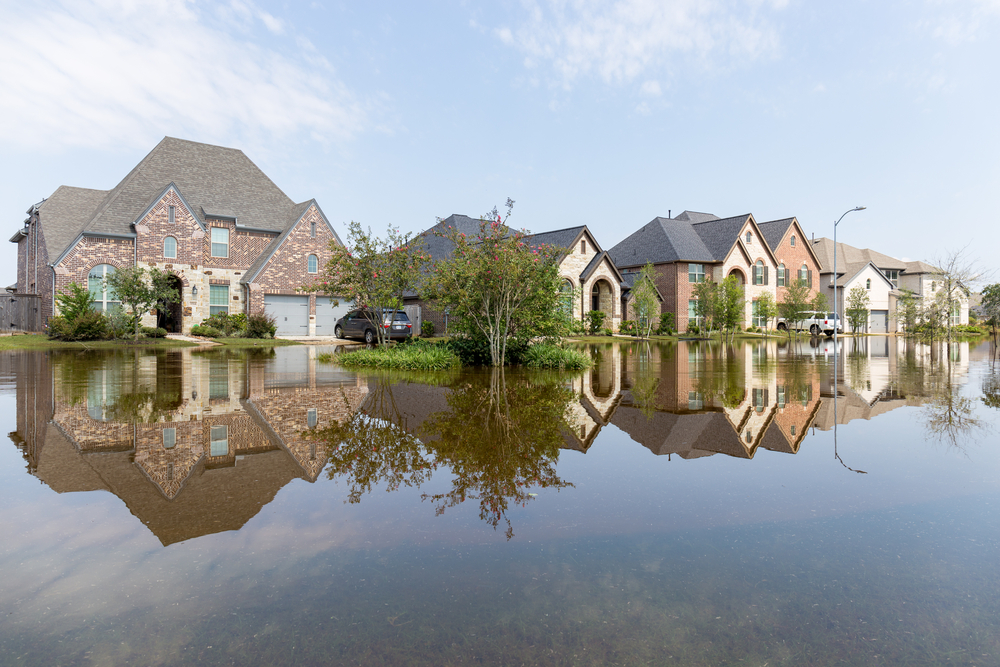
 The United States federal government has financial incentives for municipalities which implement flood preparation systems, but the policies must be in line with FEMA guidelines. Towns with programs in place for flood management also can provide incentives to individuals to get reduced flood insurance rates. Many community governments already have programs in place, but these plans and programs must be updated, reviewed and enforced to match FEMA’s updates.
The United States federal government has financial incentives for municipalities which implement flood preparation systems, but the policies must be in line with FEMA guidelines. Towns with programs in place for flood management also can provide incentives to individuals to get reduced flood insurance rates. Many community governments already have programs in place, but these plans and programs must be updated, reviewed and enforced to match FEMA’s updates. Brothers Backflow Specialists is state licensed and insured in the plumbing and gas industry. Our technicians specialize in plumbing, backflows, propane, natural gas, medical gas and water restoration including everything from installing gas lines, testing backflows and repairing broken plumbing pipes. We provide services for commercial, residential, industrial & farm properties from Monroe to West Palm Beach County as well as backflow services in Orlando, Florida. Brothers Backflow Specialists is here to serve you 24 hours a day / 7 days a week and no job is too big or too small.
Brothers Backflow Specialists is state licensed and insured in the plumbing and gas industry. Our technicians specialize in plumbing, backflows, propane, natural gas, medical gas and water restoration including everything from installing gas lines, testing backflows and repairing broken plumbing pipes. We provide services for commercial, residential, industrial & farm properties from Monroe to West Palm Beach County as well as backflow services in Orlando, Florida. Brothers Backflow Specialists is here to serve you 24 hours a day / 7 days a week and no job is too big or too small. When PRS looks at a project we want to ensure we are putting the “right” solution to the problem at hand. Every project has its unique needs based on overall job scope, site conditions, project timeframes and difficulty level. At Pipe Restoration Solutions, we have found that when high-quality material and creativity comes together something special happens… Projects are completed with excellence and above expectation; Long term relationships are built; Problems are permanently solved.
When PRS looks at a project we want to ensure we are putting the “right” solution to the problem at hand. Every project has its unique needs based on overall job scope, site conditions, project timeframes and difficulty level. At Pipe Restoration Solutions, we have found that when high-quality material and creativity comes together something special happens… Projects are completed with excellence and above expectation; Long term relationships are built; Problems are permanently solved. GreenTeam is an organization dedicated to providing the highest quality of service, to multiple vertical markets. The company performs Plumbing and Electrical services in South Florida. GreenTeam clients include but are not limited to: Class A Office buildings, healthcare facilities, educational facilities, Hotels and Resorts, Condo Associations, industrial warehouses, and residential. Our mission statement is simple, Exceptional Service, No Exceptions.
GreenTeam is an organization dedicated to providing the highest quality of service, to multiple vertical markets. The company performs Plumbing and Electrical services in South Florida. GreenTeam clients include but are not limited to: Class A Office buildings, healthcare facilities, educational facilities, Hotels and Resorts, Condo Associations, industrial warehouses, and residential. Our mission statement is simple, Exceptional Service, No Exceptions.






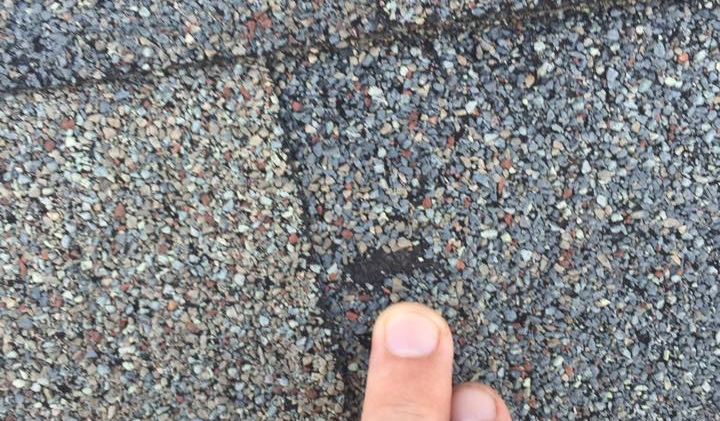

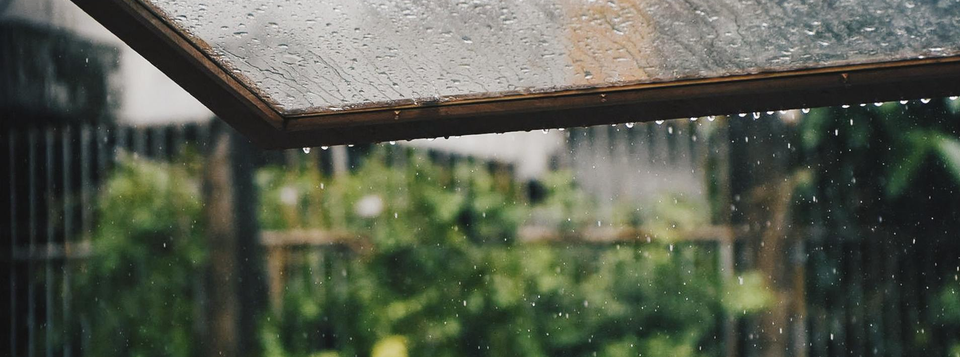
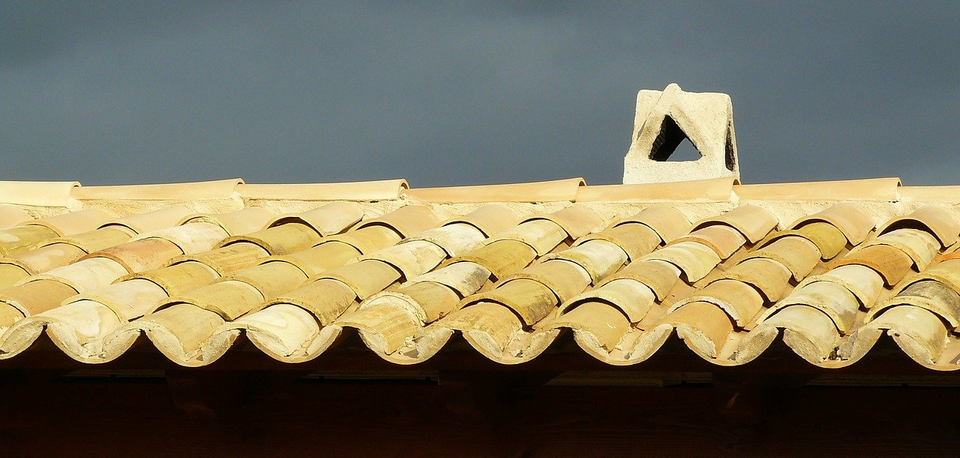

 Victor Lupis / Owner
Victor Lupis / Owner